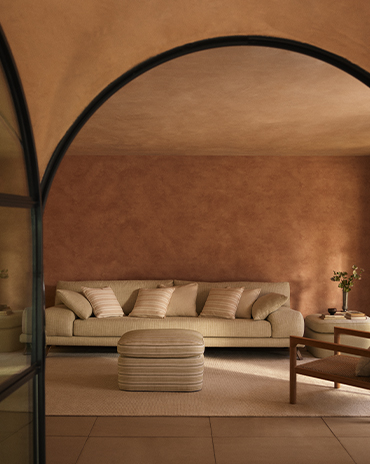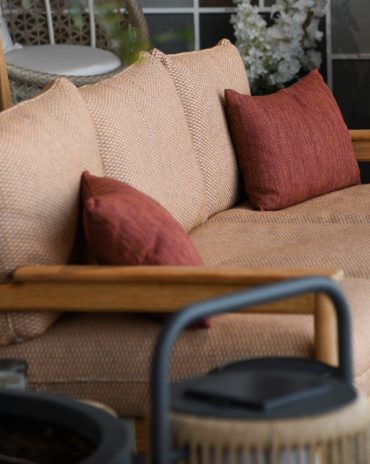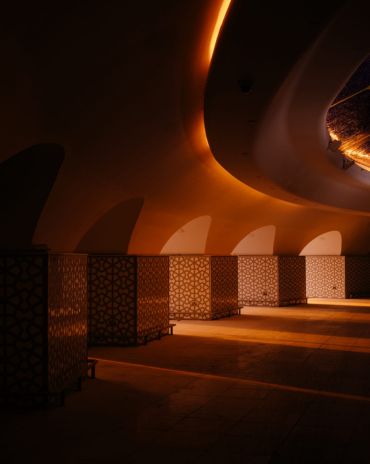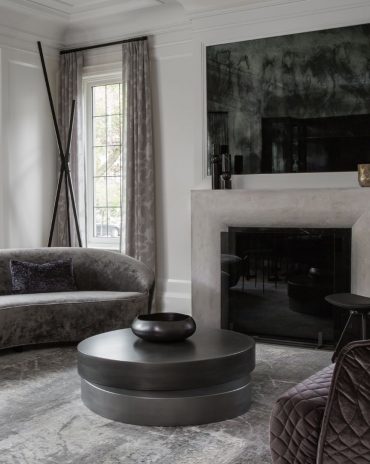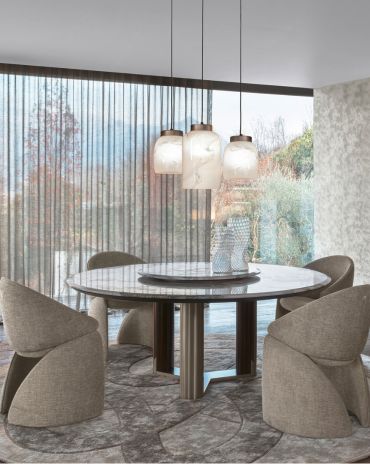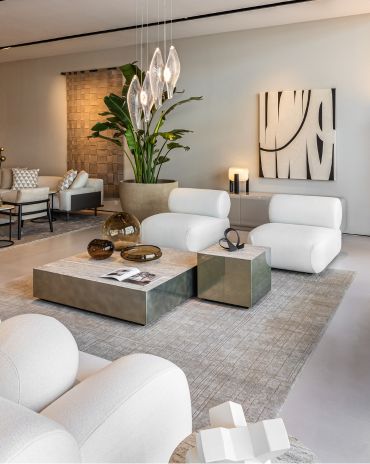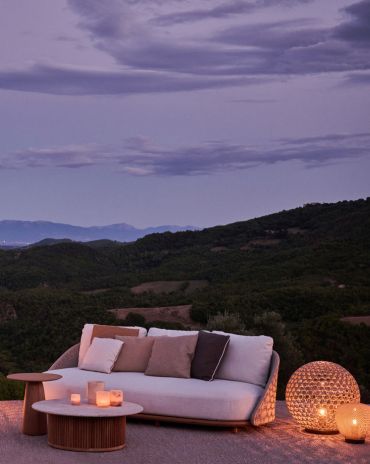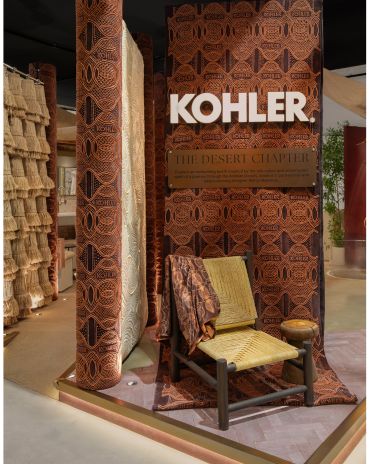Copyright © 2025 Motivate Media Group. All rights reserved.
Ministry of Design create all-white interiors for traditional shophouse in Singapore
The purely white house treads between tradition and modernity
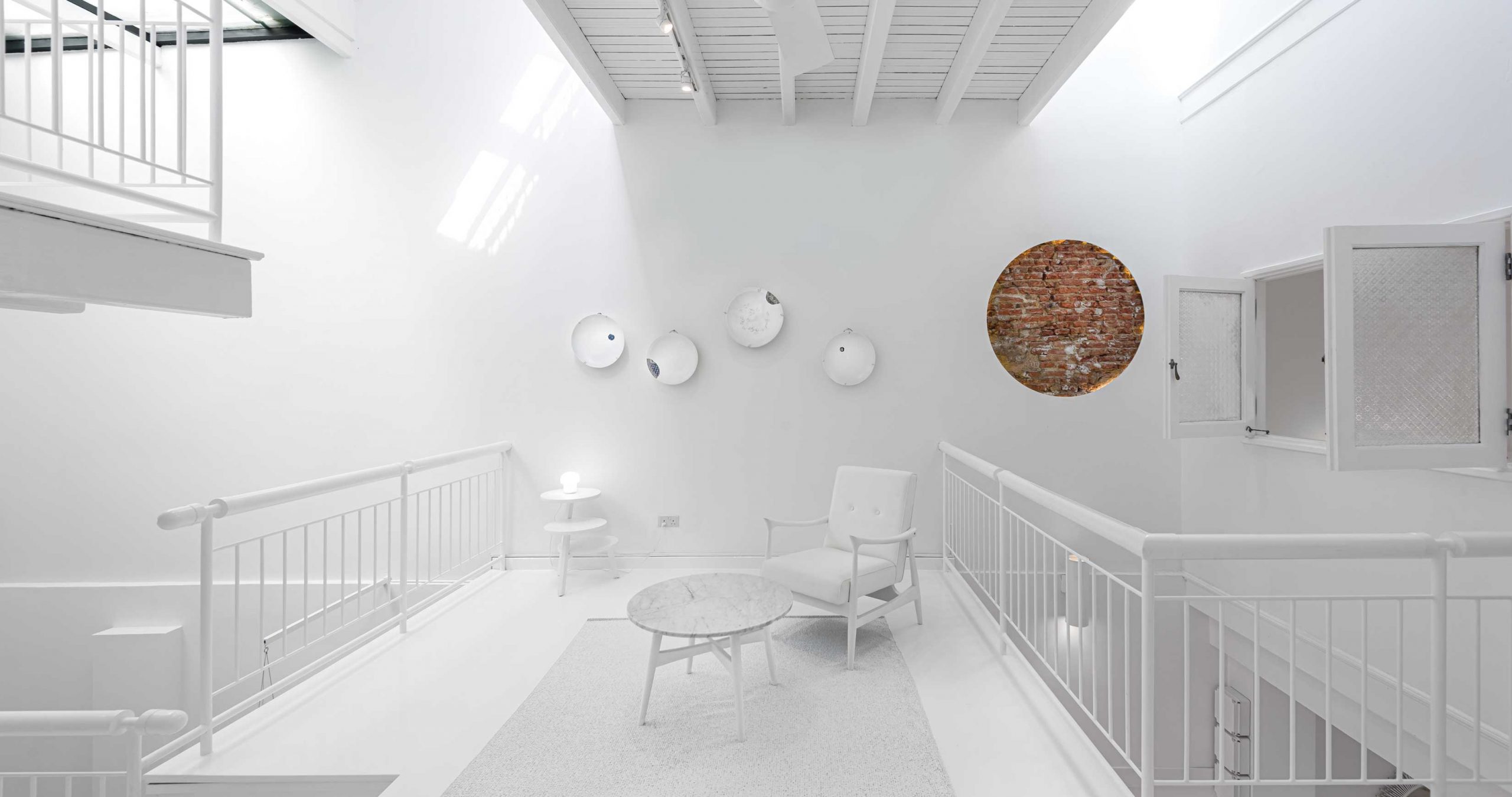
Ministry of Design has unveiled a striking all-white concept for traditional Singaporean shophouse which treads the line between the past and the present.
Time was of the essence from the moment Colin Seah accepted the challenge of reimagining the interiors of an iconic traditional shophouse in Singapore.
The founder-director of integrated spatial design, interior and architectural firm Ministry of Design (MOD) had just four months to design, source and fit-out the entire property into four co-living suites on a fixed budget.
So it is no surprise to learn that Seah’s striking all-white concept for what has become the Canvas House in the vibrant Tanjong Pagar neighbourhood was arrived at extremely quickly.
He said: “The idea was formed within 45 minutes of walking the site – it was a clear response to its context and also the pragmatics of time and budget.”
Figment, the developer, had a clearly stated aim of renting out the suites to creative locals or expats for three-to-12 month stays, and for MOD to “do something appealing” as well as come up with “a way for this co-living shophouse to stand out.”
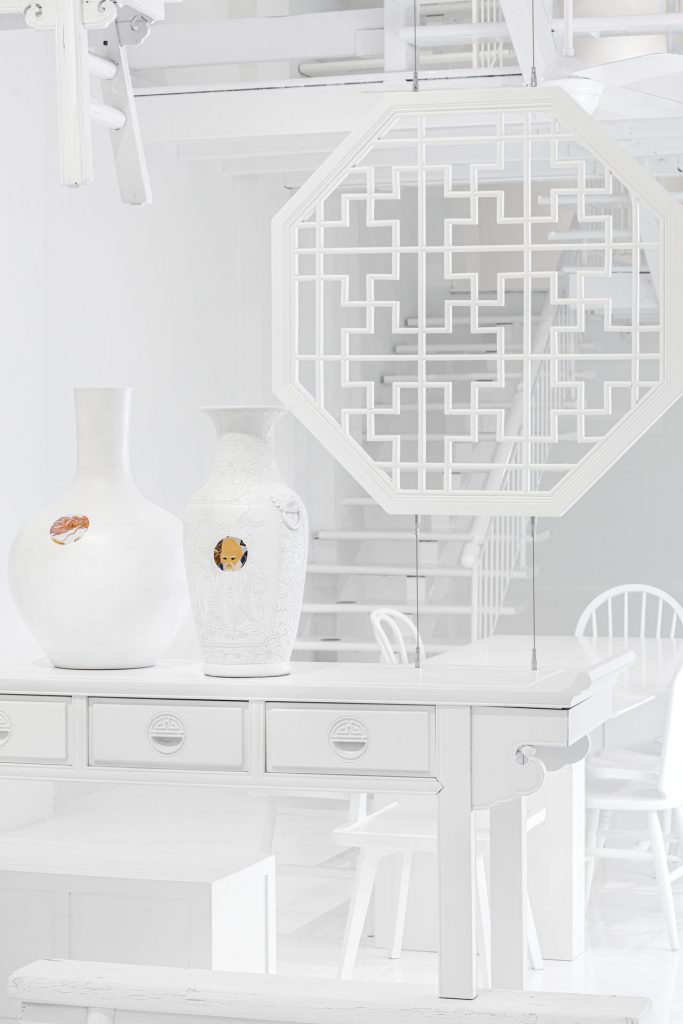
Seah’s response was to conjure up a purely white space which acts as a canvas for the future whilst simultaneously revealing contrasting hints of its historical preservation with glimpses of the original brickwork and timber stair treads.
The project has been furnished with upcycled chairs, tables, chests, screens, mirrors and desks which have also all been painted white with hints of original finishes allowed to show through too.
The sourcing process was painstaking, with a team of designers volunteering time on weekends and after work to find exactly the right pieces.
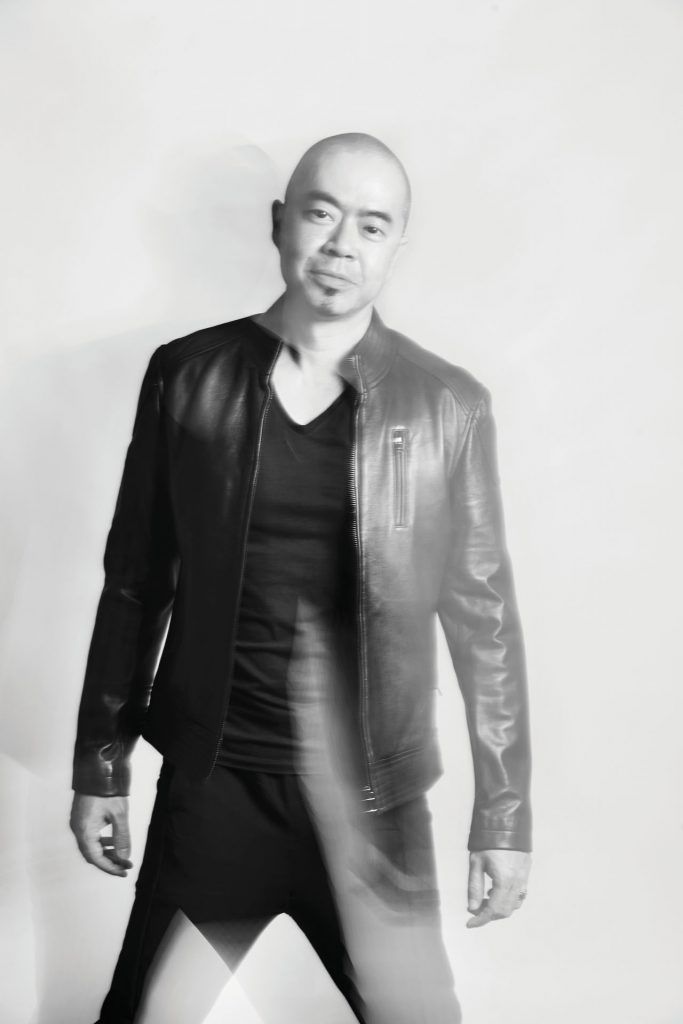
Colin Seah
Seah, who established MOD in Singapore in 2004, said: “When it comes to adaptive reuse projects, the question is always the same: how do we tread the line between the past and the present?
“If one opts for the project to be just about preservation, it’s as good as time standing still … which could be paralysing and inhibiting.
“But at the same time, neither do we want to disregard history completely by creating something too foreign or novel.

“Our response was to layer over the existing history with a proverbial blank canvas whilst leaving choreographed glimpses into the past, blanketing both space and the furniture in it – allowing us to blur the inherent boundaries between past and present, object and space.”
Seah admits he enjoyed the unusual challenge that had been posed to his team.
He added: “It was also primarily because of the short time frame that we adopted the ‘layering’ idea … to transform the existing space comprehensively and dramatically without any wet works or major construction.
“It was enjoyable, as it created an avenue for design which we might not normally undertake.”

All Singaporeans are familiar with the shophouse topology, where working-class families or small business owners fitted out a shop on the ground floor with residential living areas on the floors above.
Over time, shophouses have been converted into cafes, restaurants and offices or coveted residences for wealthy owners, hence the already high level of interest in Canvas House which was completed only in February.
“When it comes to adaptive reuse projects, the question is always the same: how do we tread the line between the past and the present?” (Colin Seah)
It is home to four suites that range in size from 28 square metres to 58 square metres, with all featuring an en suite bathroom. Shared facilities include a kitchen, laundry, living and dining area, lounge with projector and rooftop patio complete with barbecue.
There are also surprise. For example, MOD collaborated with Kang, an artist who specialises in upcycling and working with fused plastic to craft fashion accessories, on his first series of lights.
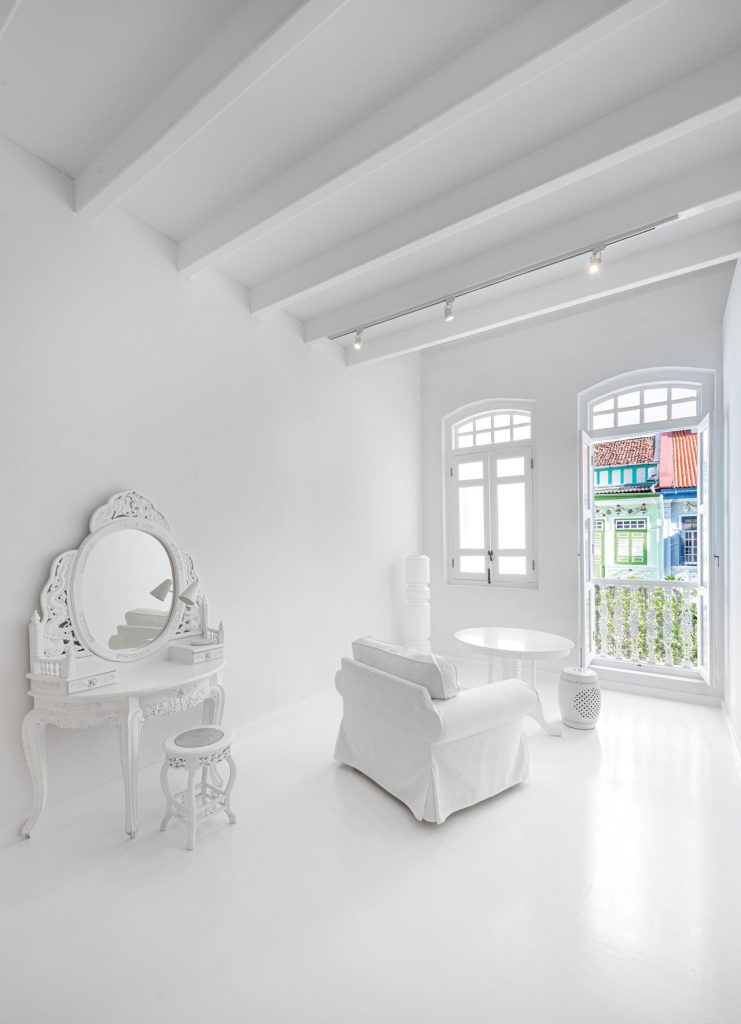
Kang fused sheets of cling wrap which were then layered, ironed and heated to create a waterproof, leathery and translucent material suitable for use in three sets of luminaires.
The most colourful piece in the entire project, meanwhile, features a quote from Thomas Jefferson, a founding father of the United States and the country’s third president, that neatly sums up MOD’s approach to Canvas House.
Fabricated by The Signmakers, the quote is penned in single-stroke white-and-red glass neon and housed in an aluminium box.
It states: “I like the dreams of the future better than the history of the past”.
Seah, who is interested to see how tenants respond to space and how it moves them or changes the way they live or consume, added: “It is a neutral white canvas for the future to be dreamt upon, rather than a wholesale homage to the past.”
This article was originally published in the May 2020 issue of Identity.
The Latest
A Touch of Luxury
Here’s how you can bring both sophistication and style to every room
Outdoor Living, Redefined
Messara Living and Vincent Sheppard Unveil “Outdoor at Its Best 2026”
NOMAD Opens Its Doors in Abu Dhabi’s Iconic Terminal 1
A modernist landmark is reimagined as a global stage for collectible design, contemporary art, and cultural dialogue.
In photos: Winners at the identity Design Awards 2025
Presenting the winners of 2025 identity Design Awards.
Identity Design Awards 2025 – Winner’s List
Here are the winners of the identity design awards 2025
Hogg’s Hollow
Set along the bend of a quiet river and sheltered within a mature, tree-lined enclave of Toronto, this riverside residence offers a dialogue between structure and softness, restraint and warmth
Salone del Mobile.Milano Paints Riyadh Red
The “Red in Progress” installation marks a powerful first step toward the city’s full-scale 2026 edition
An interview with Fabio Masolo on the Giorgio Collection
A conversation on passion, timeless design, and bringing Italian craftsmanship to the world
European Design, Instantly Within Reach
In a city where design dreams often come with long lead times, Caspaiou brings a refreshing difference – luxury, curated and available now
Shaping Tomorrow’s Interiors
Here’s what awaits at the OBEGI Home showcase at Dubai Design Week
Maison Margiela Residences
Conceived by Carlo Colombo, these bespoke residences will be located on the Palm Jumeirah
The Desert Chapter by Kohler and Marco Maximus
A fusion of design, culture, and the colours of nature





